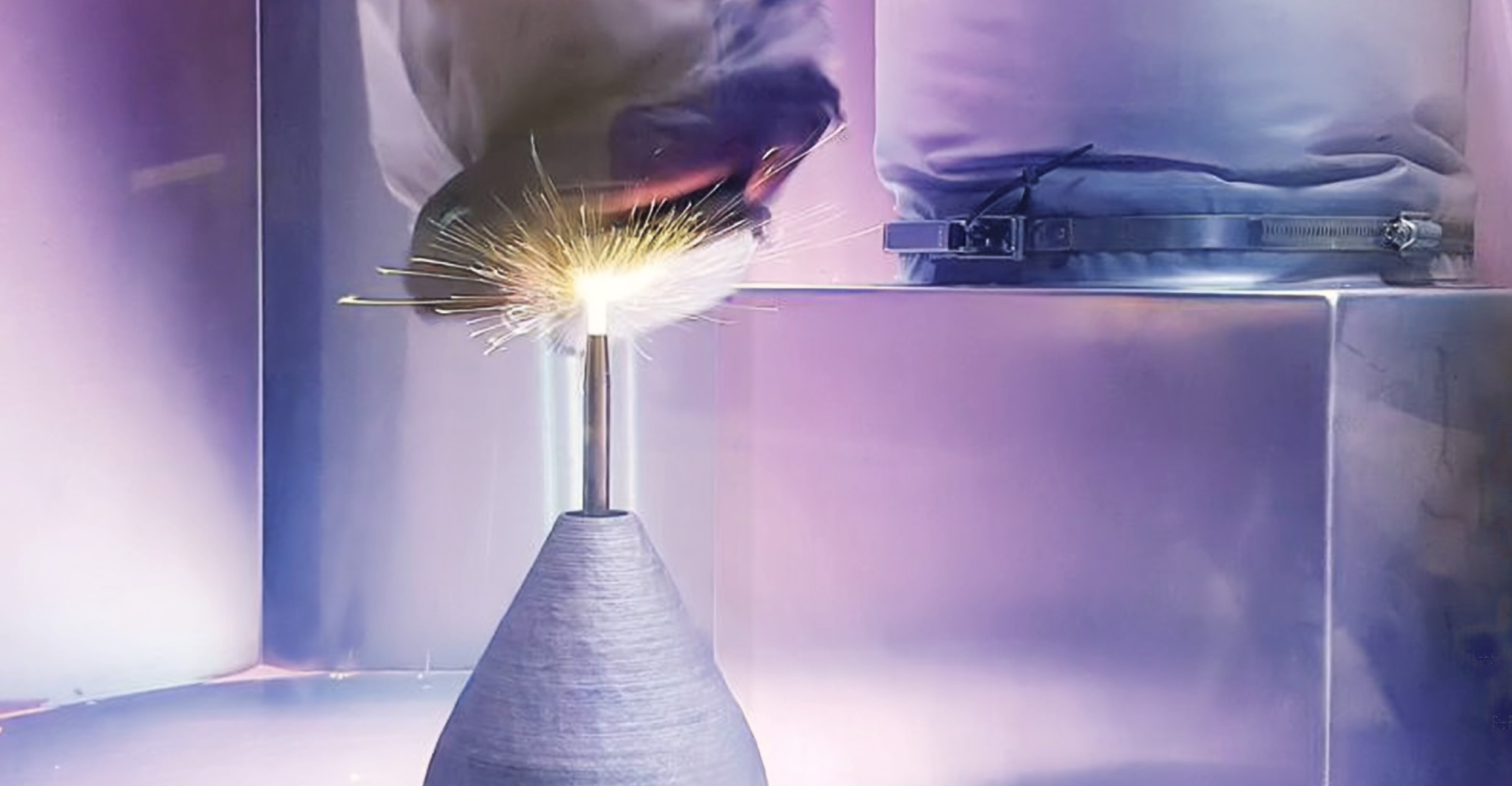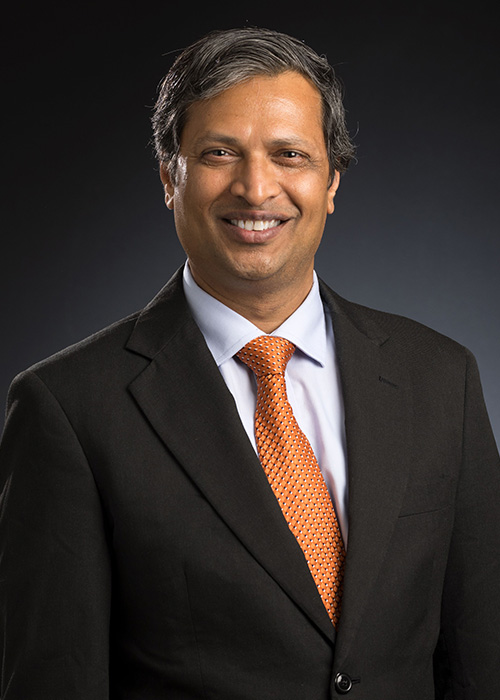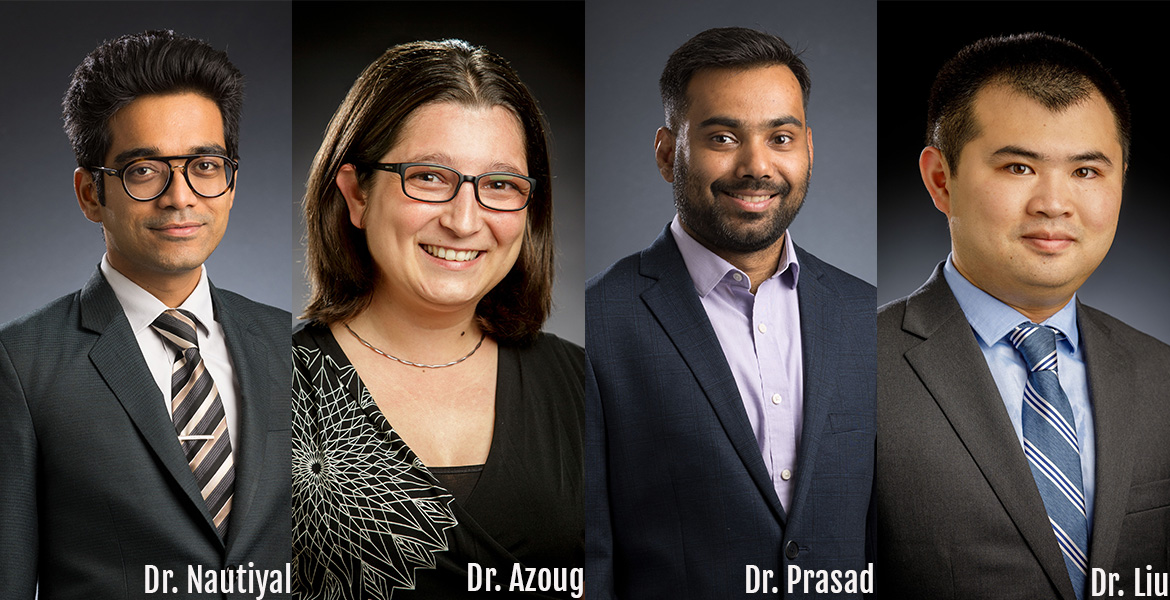
OSU’s new cold spray system positions Oklahoma at the forefront of advanced manufacturing
Monday, November 17, 2025
Media Contact: Desa James | Communications Coordinator | 405 744 2669 | desa.james@okstate.edu
Researchers from the College of Engineering, Architecture and Technology are ushering in a new era of advanced manufacturing with the installation of a high-velocity cold spray system – the first of its kind at an Oklahoma university.
Funded through the National Science Foundation’s Major Research Instrumentation Program, the new system will expand CEAT’s multidisciplinary research, education and workforce training capabilities in additive manufacturing, a field critical to national defense, aerospace and energy innovation.

Dr. Sandip Harimkar, professor of mechanical and aerospace engineering for CEAT, is leading the acquisition along with his team, comprised of Drs. Pranjal Nautiyal, Aurelie Azoug and Chitrarth Prasad from MAE and Chenang Liu, associate professor of industrial engineering and management.
The interdisciplinary research teams at OSU will use the new system to investigate mechanisms of impact bonding, high-strain-rate deformation mechanics of metals and polymers, multiphase flow consisting of solid particles in gas, deposition of glassy alloys and composites, and data-driven modeling of additive manufacturing, among other topics.
The system will also support advanced manufacturing research efforts and educational activities at regional universities.
“The addition of this system further enhances OSU’s advanced and additive manufacturing capabilities, offering unique opportunities for research, education, and industry collaboration in next-generation manufacturing technologies,” Harimkar said.
Cold spray is extremely fast, with material deposition rates exceeding 10kg per hour. Cold spray printing can be performed in ambient conditions, making it more economical and scalable.
“In the cold spray process, we shoot tiny powder particles at very high speeds — faster than the speed of sound — so they hit the surface and stick together,” Nautiyal said. “This lets us build large parts by joining thousands of particles. Unlike traditional 3D printing, which melts and solidifies metals, cold spray builds parts in the solid state. That means fewer defects, faster production and greater energy efficiency.”
“This cutting-edge equipment also offers more in-depth fundamental research opportunities on exploring the potential role of data science in advancing the emerging additive manufacturing processes,” Liu said. “For example, the fundamental research on the data science-enabled quality assurance and process optimization for cold spray manufacturing is still relatively understudied.”
Cold spray manufacturing is already transforming industries by enabling rapid repair and fabrication of metallic components without melting them. The process can produce coatings, repair damaged parts, or even 3D print complex structures from metals and polymers in open-air environments rather than sealed chambers.
The collaborations that will come from this research are substantial. The researchers will work with Tinker Air Force Base, which is heavily invested in cold spray technology for aircraft sustainment.

“Having this capability means regional companies — from aerospace to energy — can work with OSU instead of going out of state,” Nautiyal said. “It strengthens the state’s innovation ecosystem, helps train a skilled workforce, and keeps Oklahoma's industries competitive on the national stage.”
Students and postdocs will receive hands-on training to use this equipment for their research projects. The system will support undergraduate research programs at OSU, such as Niblack, Wentz and Freshman Scholars programs. The team also plans to make the equipment available for senior design projects, as well as student-led design competitions, like Formula SAE and Baja SAE.
In addition, the lab is also partnering with the new NSF REU program on Additive Manufacturing and Cybersecurity at OSU (led by Drs. Sri Ramesh and Ranji Vaidyanathan) to offer a summer research project on cold spray additive manufacturing of nanocomposites.
The addition of this system further enhances OSU’s advanced and additive manufacturing capabilities, offering unique opportunities for research, education, and industry collaboration in next-generation manufacturing technologies.
